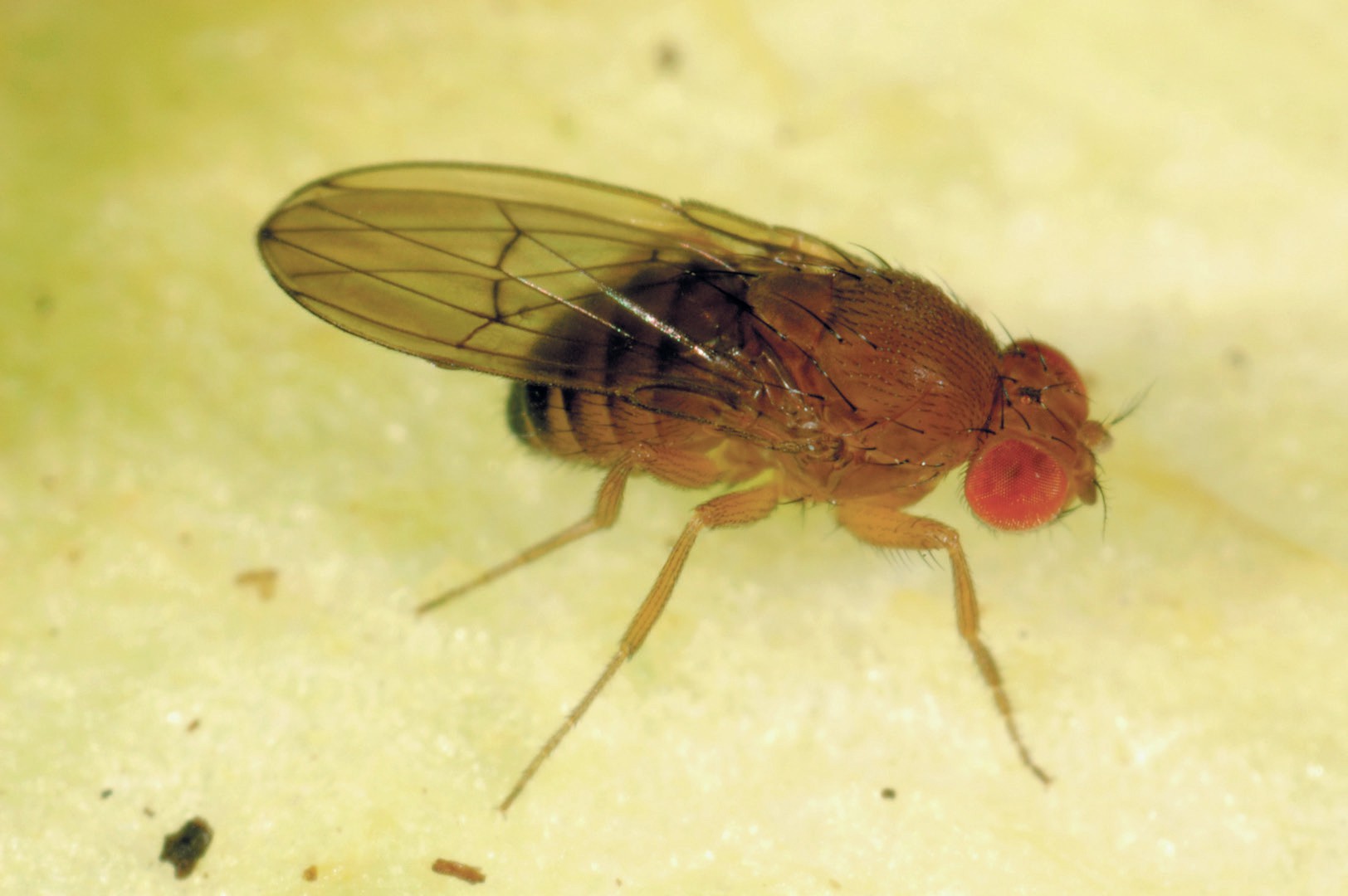
In the mid-1970s, researchers sequencing DNA were surprised to find that coding sequences were not continuous. The terms intron (for intragenic regions) and exons (for expressed regions) were introduced.
Most introns are removed during mRNA maturation in a process called RNA splicing. Precise removal of introns is critical for the accurate synthesis of proteins during translation. This is not always a simple process. The largest human gene, the X-linked Duchenne Muscular Dystrophy (DMD) gene, has 96 introns scattered across 2.6Mb of DNA, each of which has to be removed to make a functional molecule of mRNA. In the early 1980s, researchers realised that some genes could make different proteins by using different exons within the same transcript. They called this alternative splicing (see BIOLOGICAL SCIENCES REVIEW, Vol. 33, No. 3, p. 6). This process reaches extremes in some circumstances.
Your organisation does not have access to this article.
Sign up today to give your students the edge they need to achieve their best grades with subject expertise
Subscribe




